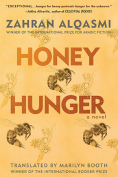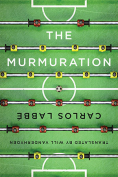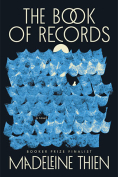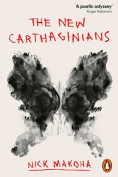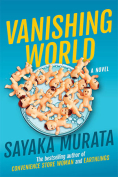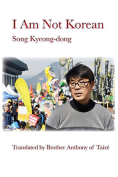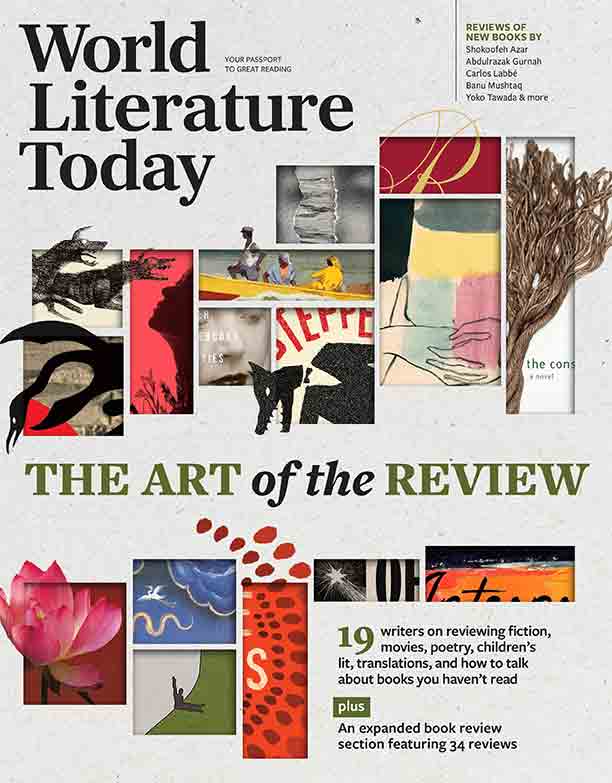Vanishing World by Sayaka Murata
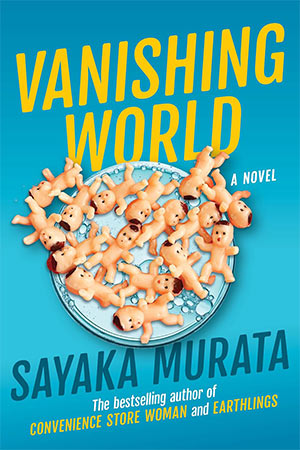
New York. Grove Press. 2025. 240 pages.
Vanishing World is the fourth title by Sayaka Murata (b. 1979) to appear in English. The novel’s skilled translator, Ginny Tapley Takemori, has once again expertly rendered Murata’s text. As we have come to expect from this author, Vanishing World is an extended rumination on nonconformity: what that means and how it plays out in societal and personal interactions. When Murata’s protagonist, Amane, exclaims, “Normality is the creepiest madness there is,” we might smile in recognition of a familiar trope and at the anticipation of a thought-provoking engagement with a universal concern like the one that characterizes her later efforts. (This work antedates the other three novels already available in English.)
The novel takes as its conceit the evolution of humankind away from sexual intercourse as a necessary function for the perpetuation of the species. Artificial insemination is the norm, and male pregnancy (through external artificial wombs) is on the verge of success. Amane, however, is drawn to copulation, perhaps because she was the product of such anomalous behavior by her parents. She both likes sex and finds in it a comforting complement to her fantasy affairs with anime and manga characters. Intertwined with this narrative focus is the yearning to know one’s own child. This desire is readily understandable, but a myopic focus on the need for a child to be of one’s own blood for this connection to be legitimate rankles. I hasten to add that if one thinks creatively, the resolution to the novel might actually be an apposite comment on this limited perspective. It went a long way toward dissipating my initial knee-jerk reaction to such a narrow definition of family.
Some readers will undoubtedly find the end of the tale shockingly transgressive, yet we should not be surprised, for so much of Murata’s storytelling relies on questioning transgression and asks of the reader a degree of indulgence necessary to let her magic work. In this case, however, it is difficult to see how the transgression is anything more than a cheap shock, although there is a twisted logic to it.
Perhaps this is part of the reason that I was disappointed. Although I liked the premise, the novel felt forced—it seemed as if Murata was still refining her talent for quirky twists and settings. Moreover, I was surprised by the volume of seemingly infelicitous phrasings throughout the novel, as if the author had rushed the process of writing it. The ideas of transition and transformation that imbue the story may highlight the evolution of Murata’s style. I am, however, unconvinced that she succeeded in this case. Despite this negative assessment, I still recommend the work if for no other reason than its effort to shed light on the broadly applicable question of what is normal “when the world [is] changing fast,” and how we deal with the changing definitions of normal when confronted with examples from the past.
Erik R. Lofgren
Bucknell University






